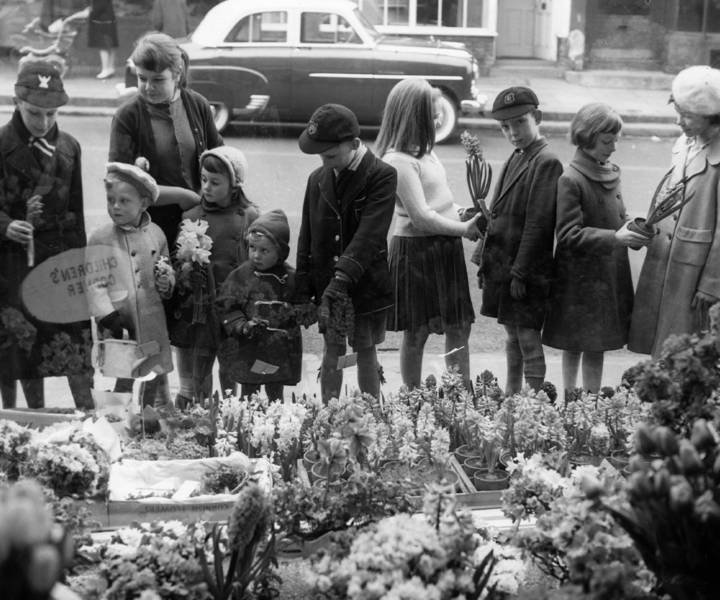Food
8 fascinating facts about Mothering Sunday
by Sharon Parsons

Sharon Parsons delves into the traditions of Mothering Sunday in Britain and beyond
8 facts about Mother's Day
1. Mothering Sunday was established in the 16th century to encourage people to return once a year to their ‘mother church’ in order to renew their faith. The pilgrimage occurred on the fourth Sunday in Lent.
2. From the 1700s, the day evolved so that going ‘a-mothering’ would include a visit to the family home after church, with a ‘mothering cake’, wayside flowers and other small tokens. For such reasons, it was often known as Refreshment Sunday.
3. A simnel cake was once enjoyed on Mothering Sunday rather than at Easter. A 17th-century rhyme penned by one Robert Herrick goes: ‘I'll to thee a Simnel bring, 'Gainst thou go'st a-mothering. So that when she blesses thee, Half that blessing thou'lt give me.’
4. The original Christian values of Mothering Sunday in this country were resurrected by a vicar’s daughter called Constance Penswick Smith; today, churches still hold special services on the day itself (a moveable feast as it depends when Easter falls each year).
5. The secular version of Mother’s Day originated in the US in 1908 after an American woman called Anna Jarvis chose to honour her own late mother. She felt strongly that people should celebrate their own mothers personally – that’s the reason why the apostrophe in ‘Mother’s Day’ is singular, not plural.
6. Flowers are customarily given to mothers on their special day. In this country, springtime flowers, traditionally violets, are given; both Japan and Australia have adopted the American custom of carnations, though the latter also give chrysanthemums – a playful nod to the fact the flower ends in ‘mum’.
7. In Serbia, Mother’s Day is marked in December, and forms one of a trio of commemorations including Children’s and Father’s Day on consecutive Sundays. On each occasion, the subject is tied up with rope - Majka (mum) stays tethered until she agrees to supply treats to her children!
8. The French version of Mother’s Day - La Fete des Meres - was first conceived by Napoleon to reward the mamans of large families, and during the First World War, medals were given to mothers of four or five children.













